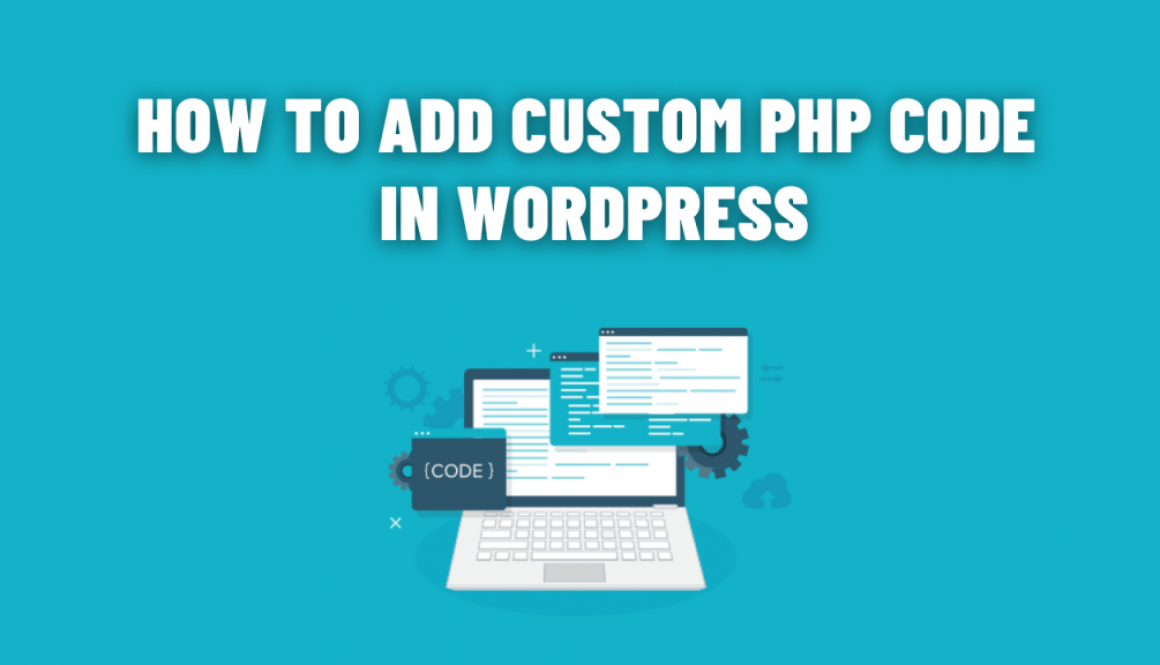How to Add Custom PHP Code in WordPress
WordPress is a powerful content management system (CMS) known for its flexibility and extensibility. While it offers an array of features and plugins, there may be situations where you need to add custom PHP code to enhance your website’s functionality. In this blog post, we’ll walk you through the process of adding custom PHP code to your WordPress site.
Step 1: Create a Child Theme
Before adding custom PHP code to your WordPress site, it’s essential to use a child theme. This ensures that your customizations won’t be lost when you update the parent theme. If you already have a child theme, you can skip this step.
- Create a new folder: In your WordPress directory, navigate to /wp-content/themes/. Create a new folder for your child’s theme. Give it a unique name, preferably related to your website.
- Create a style.css file: Inside the child theme folder, create a style.css file. Add the following code:
/* Theme Name: Your Child Theme Name Template: parent-theme-folder-name */
Replace “Your Child Theme Name” with your desired name and “parent-theme-folder-name” with the name of your parent theme folder.
3. Create a functions.php file: In the same child theme folder, create a functions.php file. This is where you’ll add your custom PHP code.
Step 2: Add Custom PHP Code
- With your child theme in place, you can start adding your custom PHP code.
- Open the functions.php file in your child theme folder.
Here’s a basic structure for adding PHP code:
<?php
// Your custom PHP code goes here
function custom_function_name() {
// Your code logic
}
add_action('hook_name', 'custom_function_name');
?>
- Replace custom_function_name with a unique name for your function.
- Inside the function, add your PHP code. For example, you might want to modify the header or footer, add custom post types, or implement custom shortcodes.
3. To execute your PHP code at the desired location, use the appropriate WordPress action hook. Replace ‘hook_name’ with the relevant hook name. For example, to add code before the footer, you can use:
add_action('wp_footer', 'custom_function_name');
4. Save the functions.php file.
Step 3: Test Your Code
Before making your custom code live, it’s essential to test it in a safe environment:
- In your WordPress dashboard, navigate to Appearance > Themes.
- Activate your child theme.
- Visit your website to ensure that your custom code is working as expected.
Step 4: Troubleshooting and Debugging
If you encounter issues with your custom PHP code, you can enable WordPress debugging by adding the following code to your child theme’s functions.php file:
// Enable debugging
define('WP_DEBUG', true);
define('WP_DEBUG_LOG', true);
define('WP_DEBUG_DISPLAY', false);
This will log any errors or issues to a debug.log file located in the /wp-content directory. Review this log to identify and resolve any problems.
In conclusion, adding custom PHP code to your WordPress site allows you to tailor your website’s functionality to your specific needs. By creating a child theme and following these steps, you can safely integrate your customizations without worrying about losing them during theme updates. Always be cautious when adding custom code, test it thoroughly, and make sure to back up your site regularly.

